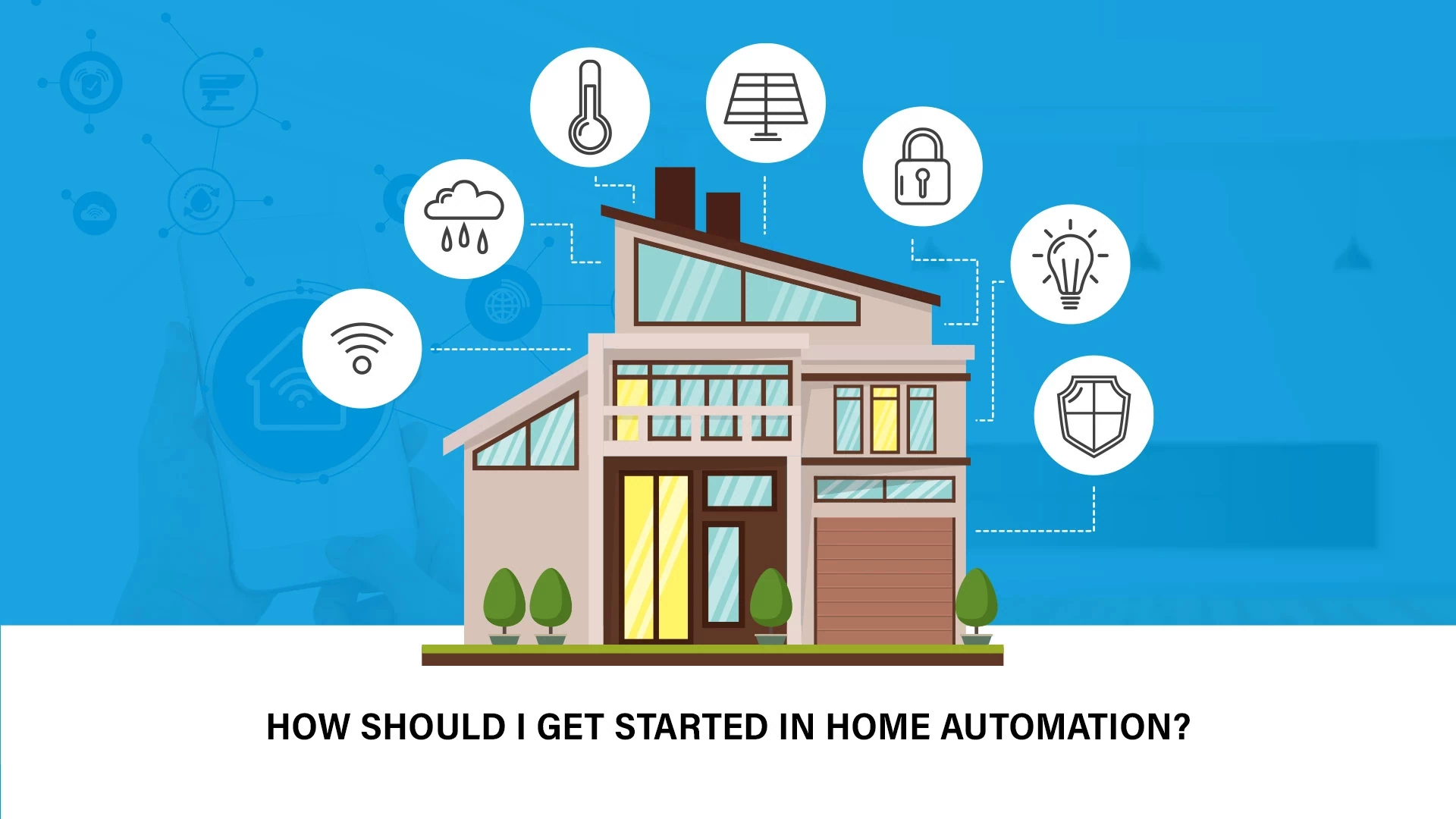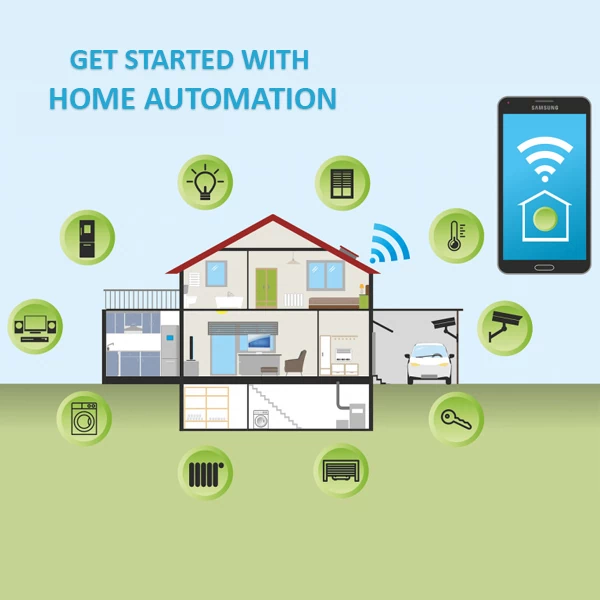First, it's important to understand that home automation involves the use of technology to control and automate household systems and appliances. This can include lighting, heating and cooling, security systems, entertainment devices, and more. The key goal of home automation is to make your life easier by allowing you to control your home from a single device or hub.
To get started with home automation, you'll need a few basics. First and foremost, you'll need a reliable internet connection. Many home automation devices require an internet connection so they can be controlled remotely from anywhere in the world using a smartphone app or web interface.
Next, you'll want to choose the right hub for your needs. A hub is essentially the central control system for all of your home automation devices. There are many different types of hubs available today with varying levels of functionality and compatibility with other smart devices. Be sure to choose one that works well with the type of devices you want to automate in your home.
Finally, once you have your hub in place, it's time to start adding new smart devices to your network. Start small by automating just one part of your house such as lighting or temperature controls before moving on to more complicated systems like security cameras or entertainment centers. With time and practice, you'll be able to create a fully automated home that saves energy while making life more convenient than ever before!
Smart Home Technology
The thought of automating your home can be overwhelming, but the process doesn't have to be as complicated as it seems. The first step in getting started with home automation is defining what you want to achieve. Determine what tasks or routines you wish to automate and how technology can make them more efficient. For instance, setting up a smart thermostat can help regulate your home's temperature, saving you money on energy bills.
Once you've defined your objectives, research the different devices that are available for each task. There are various options for every home automation task; however, investing in one brand or ecosystem tends to simplify things significantly. Ensure that the devices you choose are compatible with each other if using multiple brands.
Lastly, take baby steps when automating your house- start small and build from there. You do not need to purchase every gadget at once; instead, begin by installing a few key items and gradually add more over time as needed. A few great gadgets to start with include smart light bulbs or plugs that can be controlled through your smartphone or voice assistants such as Amazon Alexa or Google Assistant.
Benefits of Home Automation
When it comes to home automation, the benefits are abundant. One of the primary advantages is convenience. With a smart home system in place, you can control various aspects of your home using your smartphone or voice commands through virtual assistants like Alexa or Google Assistant. This means that you no longer have to get up and walk across the room to turn off the lights, adjust your thermostat, or even lock your doors.
Another benefit of home automation is increased security. Smart devices such as security cameras and door locks provide an added layer of protection for you and your family. You can monitor who enters and exits your home in real-time from anywhere, making it easier to keep tabs on any suspicious activity.
Finally, there's energy efficiency. Smart thermostats learn your schedule over time and automatically adjust heating and cooling according to it. This helps reduce wastage by not heating or cooling empty rooms when nobody’s around, which saves energy costs in the long run.
Getting started with home automation doesn't require a massive budget either; you can start small with a few simple devices such as smart bulbs or plugs before gradually expanding into more complex systems like automated HVAC systems or whole-house audio setups.
Securing Your Smart Home
The idea of a smart home can be intimidating for those just starting out in home automation. However, securing your smart home should always be at the forefront of your mind. One easy way to start is by purchasing a secure router that will protect all internet-connected devices within your home. Additionally, many smart devices come with default passwords that should be changed immediately to prevent unauthorized access.
It's important to also consider the types of data being collected by these devices and who has access to it. Be sure to research and invest in reputable brands that prioritize privacy and security measures. Finally, maintaining regular software updates for all connected devices is crucial in keeping them protected against potential vulnerabilities.
Overall, while there may be initial challenges when setting up a smart home system, prioritizing security measures from the very beginning can give you peace of mind knowing your home is safe and secure from potential threats.
Conclusion
In conclusion, getting started in home automation requires a thorough understanding of the various devices and technology available. Choosing a OOB SMART HOME that suits you best. You should begin by identifying what you want to automate in your home; it could be lighting, heating, security or entertainment systems.
Once you have identified your needs, research the different devices available for each category and choose the ones that fit your budget. Consider factors such as compatibility with other devices, ease of use, and functionality among others. It's essential to start small when beginning home automation and gradually build on it over time so you can learn how everything works together before adding more complexity. With patience and persistence, anyone can embrace the convenience and comfort that smart homes offer!


